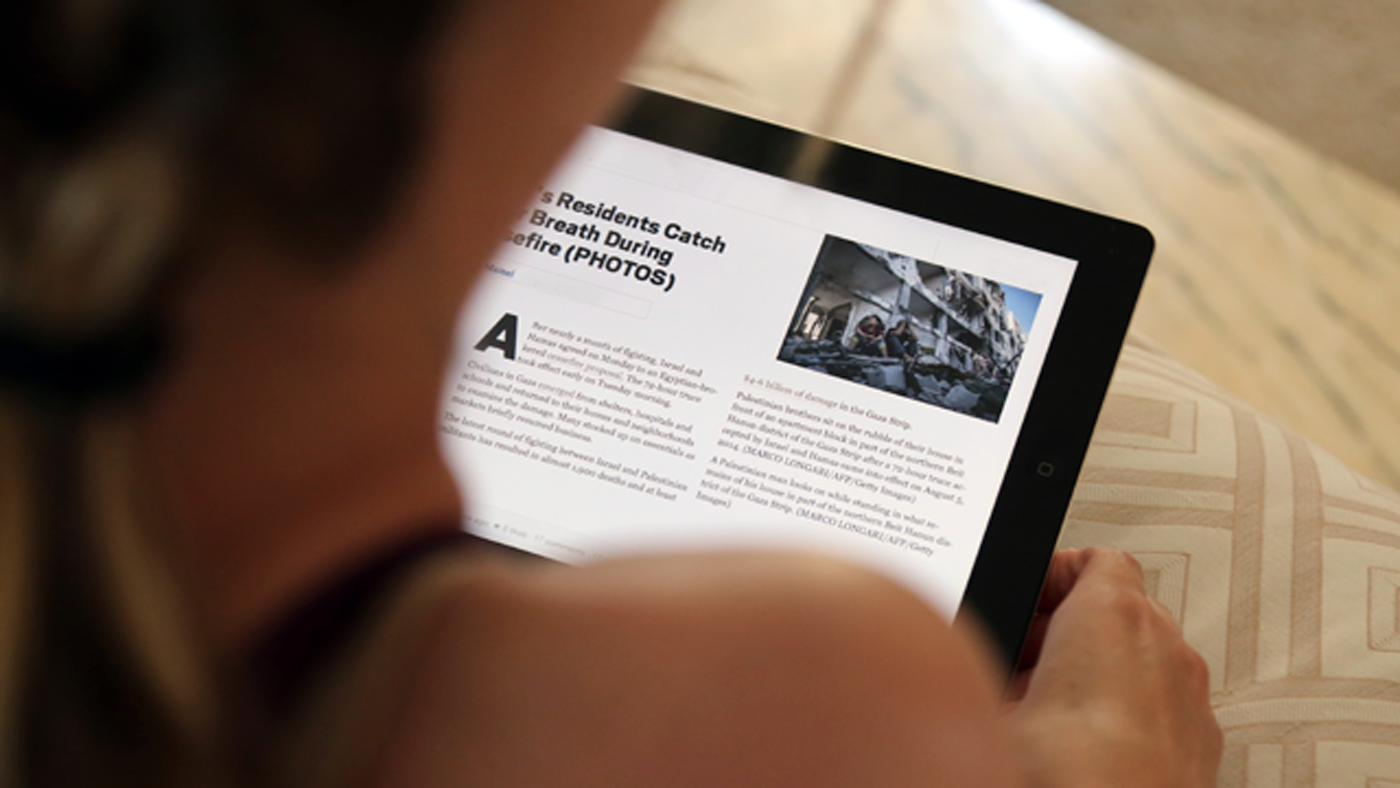Little Known Facts About Popular News.
Wiki Article
Fascination About Popular News
Table of ContentsPopular News Fundamentals ExplainedNot known Facts About Popular NewsThe 9-Minute Rule for Popular NewsThe 20-Second Trick For Popular News
Age is likewise a consider the way individuals check out the role of social media sites. Younger social media news customers are more probable to state it has impacted their understanding for the far better. Concerning half of social networks information customers ages 18 to 29 (48%) claim information on social media makes them better educated, compared to 37% of those 30 to 49, 28% of those 50 to 64, and 27% of those 65 and older.Reporters evaluate news worths when establishing whether or not to cover an occasion or news. Arguably the most vital aspect of newsworthiness is whether or not the news thing being connected effects a news electrical outlet's audience.
Proximity is essential. Reporters want points that influence their areas. For instance, study on a state's brand-new tax code most likely won't create the very same passion across state boundaries. Periodically professionals can aid localize a larger nationwide tale that affects greater than simply a city or state. In these instances, it is very important to be looking for chances where subject professionals can supply insight or where comparable tasks may be occurring in your area.
If you are publishing newsworthy research study, loop in MarComm prior to the short article being published to ensure that the pitch can emphasize the newest element of the story: the magazine of the research. Events and news that involve prominent numbers are most likely to create media coverage. Gos to from nationwide figures frequently call for months of prep work due to awaited area passion.
Popular News Can Be Fun For Everyone

Human rate of interest elements can add information value to various other tales that might appear to be lacking in the other worths. The uniqueness or quirk of a scenario can help affect whether or not a news outlet is likely to cover a tale. While this is not an exhaustive list, checking to see if your story or occasion has these qualities prior to calling us will aid you figure out which elements hold the most news worth.

Popular News Fundamentals Explained
There is additionally substantial proof that more customers might begin to spend for information in the futureif authors can understand them and offer them well. Half of those that do not pay for information proactively look for information and resemble subscribers in different means. Popular News. And nearly 2 in 10 of those who do not subscribe to news now suggest they are inclined to start to pay in the futureWe then ask a set of questions to establish whether people spend for certain sorts of information resources. We asked people to call the sources they use most oftenwhether they pay for them or nothow they utilize them, the details points they consider important concerning them, and some associated concerns about the cost and worth of that resource.
People are attracted to news as a whole for two factors above others: A wish to be notified citizens (newspaper customers in specific are extremely encouraged by this) and because the publication they subscribe to excels at covering specific subjects about which those clients specifically care. While there are a host of factors, the No.
Greater than 4 in 10 likewise cite try this out the reality that buddies and household register for the very same item. More than a third of people claim they initially subscribed in feedback to a discount or promo. In print, individuals likewise are moved heavily to subscribe to get discount coupons that conserve them money, something that has untapped ramifications in digital.
A Biased View of Popular News

We asked every person who informed us they have a normal cost-free source of information how likely they you can try this out would be to pay for it. Greater than a quarter (26 percent) state they would be at least rather most likely to begin spending for itand 10 percent are really or extremely most likely. These most likely payers have a tendency to be news seekers, and they likewise have a tendency to be people who already pay for an information membership along with the source they adhere to completely free.
Of those who do pay, 54 percent sign up for papers in print or digitally, which stands for 29 percent of Americans generally. Many of them buy a print publication in addition to their newspaper and spend for 2 to four news resources in total, some a lot more. And while 53 percent are long-time customers (5+ years), more than a quarter (27 percent) have actually purchased their newspaper membership within the previous year.
Couple of print subscribers believe it likely they will change to a digital-only subscription in the future, and majority of those who like digital have actually never ever spent for a print variation of the exact same source. Popular News. Fully 75 percent of paper payers claim they primarily read the paper in print, while 21 percent are mainly electronic users, and 4 percent explain themselves as uniformly split
Report this wiki page